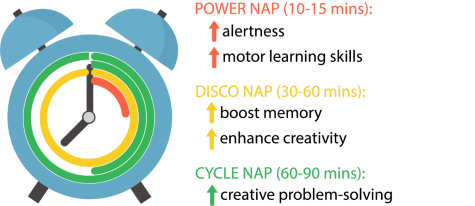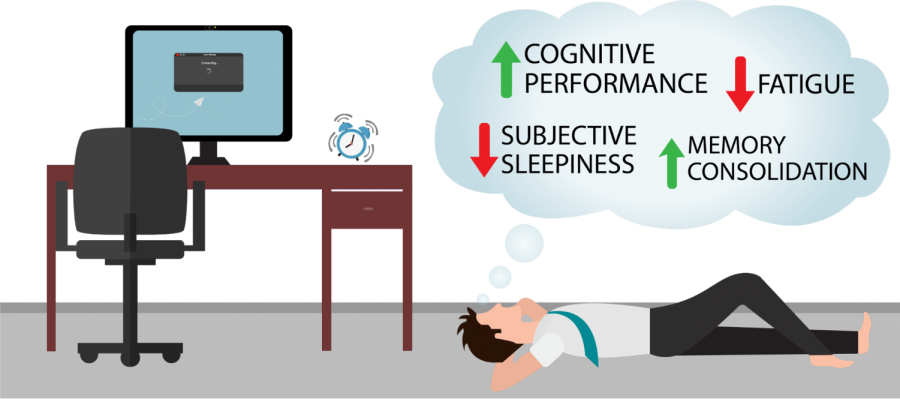S(nap) Away the Sleepiness
Staffer discusses benefits of daytime naps, encourages experimentation of different sleeping schedules
Sheer dedication and pure will are the only things that keep my eyes from closing and my body from collapsing deep into my chair. It is merely the end of the second period, and yet the vibrant voice of my US history teacher, passionately bellowing a George Whitefield sermon over the Zoom call, is doing little to keep me awake.
Without caffeine, making it through the rest of the day seems to be a near-impossible task. Most would panic, but I do not.
Tales of the legendary sleep schedule I have recently adopted run rampant in my friend group. Some say “I only slept four hours last night.” Others claim “I wouldn’t possibly be able to stay awake for the entire day if I did.”
The truth is neither is incorrect. Rarely do I make it all the way through school, and even more rarely do I surpass four hours of sleep in a night. How then, is it possible that I have not yet been expelled for sleeping through my classes every day?
The answer: naps. Although this may be unsatisfactory or seem comical in the pure simplicity of its nature, I am quite serious about it.
With the introduction of fifteen-minute passing periods between classes in the e-learning schedule, I often find myself setting a ten-minute timer and jumping into bed as soon as I exit Zoom. ? Even after ending one class drained and disinterested, I can begin the next feeling as if I had just woken up from a full night’s sleep resulting in a sense of clarity and alertness.
As a result, taking at least two or three naps a day has become an essential part of my e-learning routine. Without them, I simply would not be able to maintain a high level of productivity during the day.
However, these benefits do not just apply to me. In 2006, a study conducted by Amber Brooks, Ph.D., and Leon Lack, Ph.D., found that ten-minute naps produced immediate improvements that lasted up to 155 minutes in sleep latency, subjective sleepiness, fatigue, vigor, and cognitive performance.
These benefits are only increased for those who have free periods or don’t have any after school activities, and therefore have an extended period of time to spare.
According to Sara Mednick, Ph.D., a psychologist at the University of California, Riverside, 90-minute naps can produce the same learning benefits as an 8-hour sleep period. Mednick also recognizes that naps can have an additive effect on those who get a good night’s sleep.
Mednick also notes that such naps can be equivalent to a dose of midday caffeine for perceptual learning, and can go even further by enhancing some forms of memory consolidation. So the next time you reach for a cup of joe, maybe consider taking a snooze instead.
Ultimately though, the 10-minute and 90-minute naps are only two examples of an endless variety of type, length, and combination of ulterior sleeping schedules. Not being afraid to experiment with these variations of naps can lead you to find something that dramatically boosts your productivity and overall mood throughout the day.

It is also important to note that there can be some pretty significant drawbacks. Complications such as nighttime sleeping problems or the development of sleep inertia can arise due to completely changing up a sleep schedule or even taking short naps. Therefore, doing some research beforehand to fully understand the proven risks is essential. At the end of the day, sacrificing long-term health for a small boost in the moment is not worth it.
Obviously, it is hardly recommendable that you follow my lead of amassing a measly four hours of sleep during the night; doing so will most likely result in your life flipping upside down almost immediately.
It is recommended, though, that you find what works best for you. Whether this is a slight change to your routine or a complete redesign, I am sure your second-period history teacher will appreciate you that much more for it.



